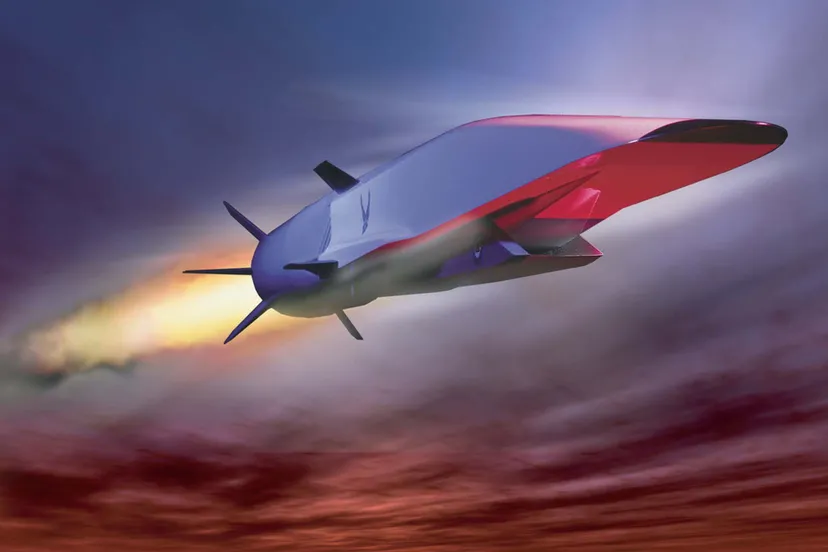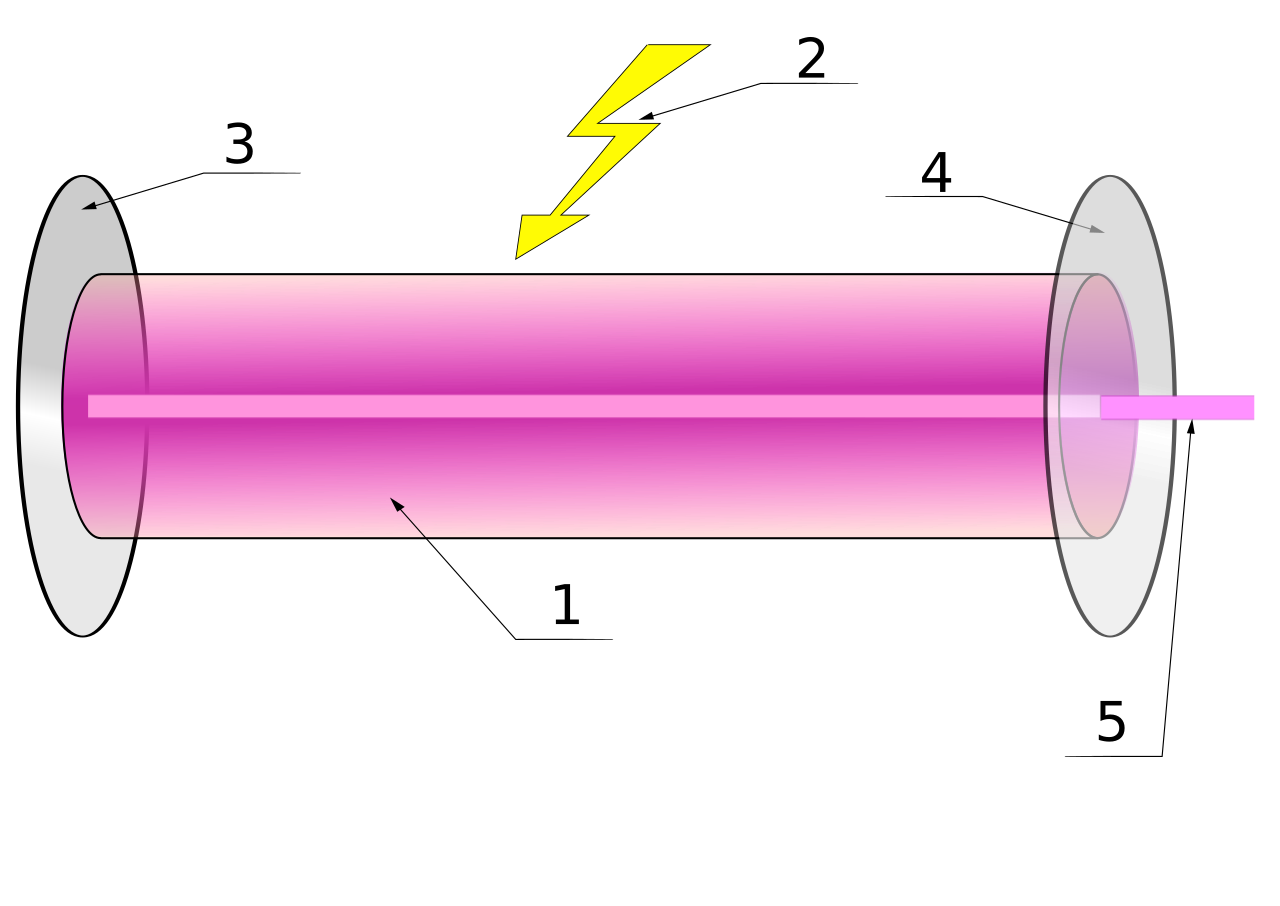Basically. The Medusa system is based on a similar concept. With the famous project Orion. The attempt to create the nuclear pulse propulsion for the interplanetary flight. Project Orion planned to use small nuclear bombs to accelerate its speed to interplanetary missions. And basically. We can say that the Medusa is the modified "Orion" that uses the solar sail for acceleration.
The solar sail can be packed at the nose of the "Orion" and the system can use solar energy to accelerate its speed before it detonates nuclear bombs. Even if in that film the nuclear bomb is detonated at the front of the craft. It's possible to detonate them behind the craft and then the would be the Orion, which uses solar sail for accelerating its speed and the nuclear bombs will get into use when the caft is away from the sun.
When sunlight is weak the Medusa system can continue its journey by using nuclear bombs like small hydrogen bombs. The craft can have two magnets away from its shell. Their mission would be to transfer ions like helium or alpha ions and beta particles like anions and electrons into those magnets. That protects the spacecraft shell and its crew or measurement tools against those particles. And if those nukes launch at the front of the craft those magnets minimize the force that pushes the craft backward.
There are many ways to use nuclear bombs in acceleration. The craft can carry nuclear bombs inside it. The small neutron bombs will push the craft forward. But then we can think that large-size hydrogen bombs will shoot into space at certain points of the Medusa's trajectory. When Medusa passes those points the 50 mt. Hydrogen bombs will explode. And they will push the craft forward. But in some models, the system can use things like small antimatter bombs to give acceleration.
In some lightweight systems, the large parabolic mirror will heat the hydrogen in the tank. Hydrogen can give energy to the solar generators. And if the system has a cooler that thing can make it possible to recycle hydrogen.
Medusa as a weapon.
There is the possibility to use the Medusa-type system as a weapon. In those systems, parabolic mirror collects sunlight for lasers. In lasers, those mirrors will aim the sunlight at the laser element which can be carbon dioxide laser. Those lasers give very high-energy pulses. The large mirror can also operate as an energy collector for nuclear lasers.
In those systems, the nuclear weapon's flash will focus by using that mirror into the lasers that can be very powerful. In some other versions of the high-power X-ray lasers, the laser system gets its energy from the nuclear bomb that detonates around the laser element. That gives a very high power energy impulse to the target.



































